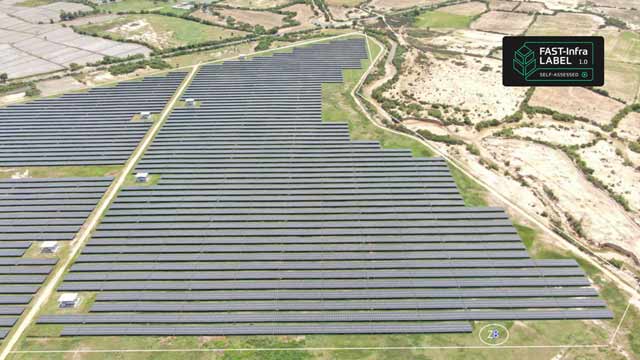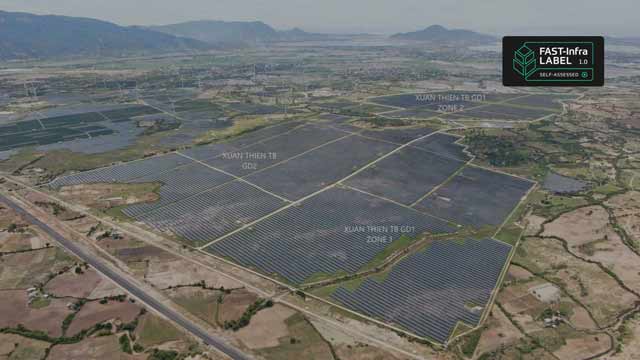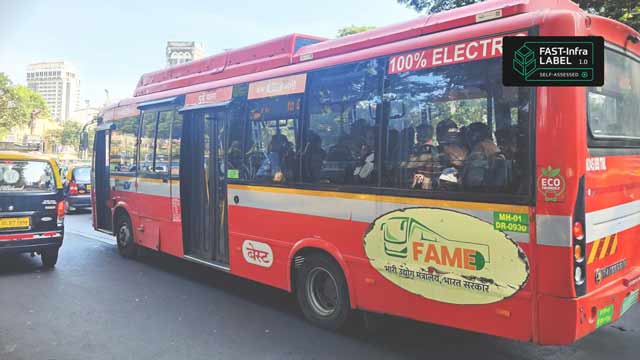
The Role of Multilateral Development Banks in Advancing Resilient Infrastructure in Asia: Insights from Timothy Huang
What’s a Rich Text element?
The rich text element allows you to create and format headings, paragraphs, blockquotes, images, and video all in one place instead of having to add and format them individually. Just double-click and easily create content.
H1
H2
H3
H4
H5
H6


Static and dynamic content editing
A rich text element can be used with static or dynamic content. For static content, just drop it into any page and begin editing. For dynamic content,

add a rich text field to any collection and then connect a rich text element to that field in the settings panel. Vsadsadsdasdasdasdasdoila!
- A rich text element can be used with static or dynamic content. For static content, just drop it into any page and begin editing. For dynamic content, add a rich text field to any collection and then connect a rich text element to that field in the settings panel. Voila!
- t to that field
- t to that field
-
How to customize formatting for each rich text
How to customize formatting for each rich text
How to customize formatting for each rich text
Headings, paragraphs, blockquotes, figures, images, and figure captions can all be styled after a class is added to the rich text element using the "When inside of" nested selector system.
As Asia scales up sustainable infrastructure to meet climate goals, banks play a pivotal role in bridging the financing gap. In a rapidly urbanizing region like Asia, scaling up sustainable infrastructure is not just an opportunity—it’s a necessity for meeting climate goals. In a conversation with Timothy Huang, Head of Corporate Banking, Greater China at J.P. Morgan and a Steering Committee member of the FAST-Infra Label, we explored how global financial institutions can play a catalytic role in bridging the infrastructure financing gap while driving the low-carbon transition and building climate resilience.
Timothy Huang brings deep expertise in corporate banking across the Greater China region, with a focus on financing infrastructure in emerging markets. As a member of the FAST-Infra Label governance body, he contributes to the development of the Label and enhances its position in the infrastructure sector. In this interview, he shares his insights on the financing challenges in Asia, the role of banks in enabling credible transition pathways, and how tools like the FAST-Infra Label can help mainstream sustainability in infrastructure investment.
What are the key challenges in scaling sustainable infrastructure in Asia?
The biggest gap isn’t always in capital—it’s in bankable, investable projects. In Asia, where infrastructure needs are vast and growing, projects often lack the risk-return profile or structural readiness that institutional investors require. The challenge lies in making projects investment-ready through better preparation, clearer sustainability metrics, and stronger policy support.
At the same time, the sustainability bar is rising. Investors and regulators increasingly expect projects to demonstrate not just environmental benefits, but also climate resilience, social outcomes, and robust governance. That’s a high threshold for developers in emerging markets, where capacity is still building.
“A key challenge is making sustainability criteria clear and achievable—especially for clients in high-emission sectors who are just beginning their transition.”
How can financial institutions support the low-carbon transition?
We must do more than just screen for sustainability risk—we must also enable the transition. That means supporting clients with clear decarbonization roadmaps, investing in transition finance, and offering structured solutions tailored to different stages of the sustainability journey.
At J.P. Morgan, we don’t step away from high-emission sectors—we focus on supporting the critical transitions these industries need to undertake. By engaging directly with clients, we encourage alignment with long-term climate goals—developing tools to assess whether projects or companies are on a credible decarbonization path, and translating that into informed financial decision-making.
“We’re not just asking whether a project is green—we’re asking whether it’s transition-aligned. That nuance is critical, especially in Asia.”
The role of blended finance and partnerships with development institutions is also growing, which can help lower project risks and attract private capital to frontier markets.
What value does the FAST-Infra Label offer to both banks and borrowers?
The FAST-Infra Label provides a globally consistent, yet practical sustainable infrastructure framework to define what sustainable infrastructure looks like. For financial institutions, it simplifies due diligence by embedding key environmental, resilience, and governance criteria into project evaluation. For borrowers, it offers a clear pathway to demonstrate sustainability—and improves access to capital.
The Label helps translate sustainability goals into actionable steps, especially useful for clients looking to build credibility with investors. By aligning with global best practices, the Label also helps projects gain visibility and comparability in a crowded marketplace.
“The FAST-Infra Label brings clarity. It helps banks benchmark projects and gives clients a roadmap for embedding sustainability into infrastructure.”
Financing the transition will require partnership
Asia’s infrastructure needs are immense—and so are the stakes. Financial institutions have a unique opportunity to enable transformation by guiding capital toward projects that are sustainable, resilient, and inclusive.
With sustainable infrastructure frameworks like the FAST-Infra Label, we at J.P. Morgan are working to align our sustainability ambition with real-world investment. The road ahead demands innovation, credibility, and collaboration—and as I see it, “That’s how we move from ambition to action.”


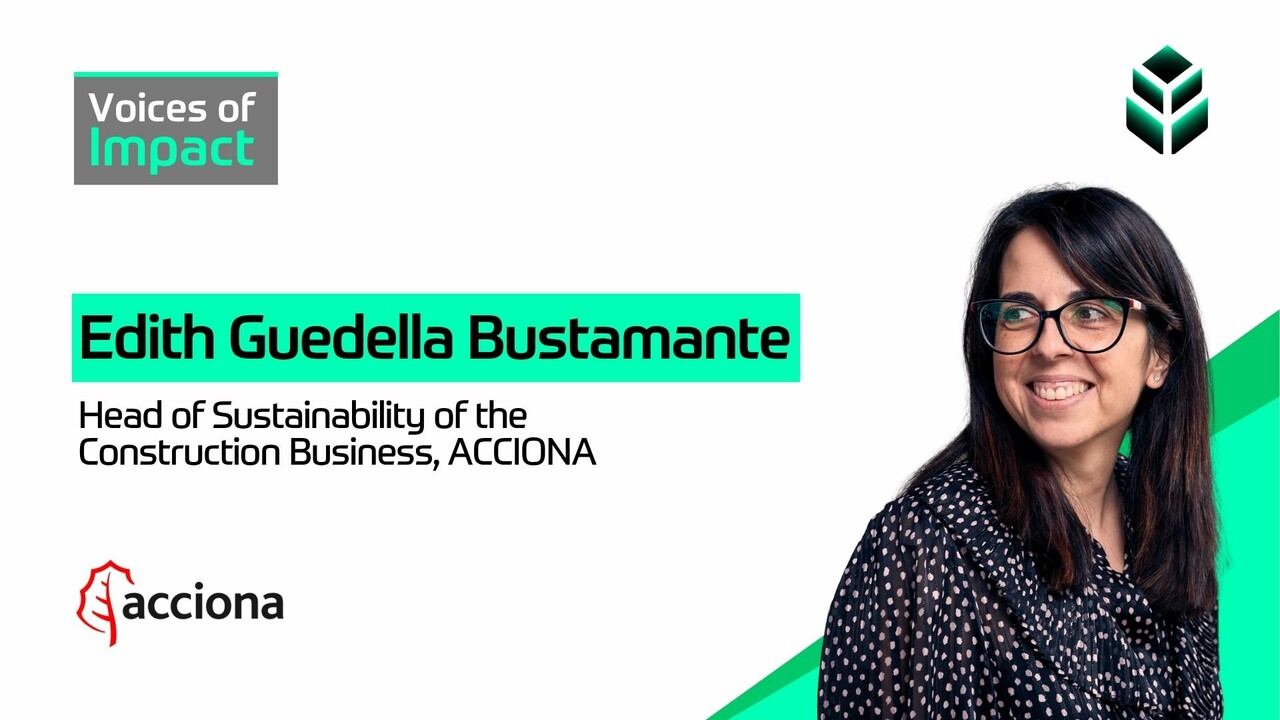


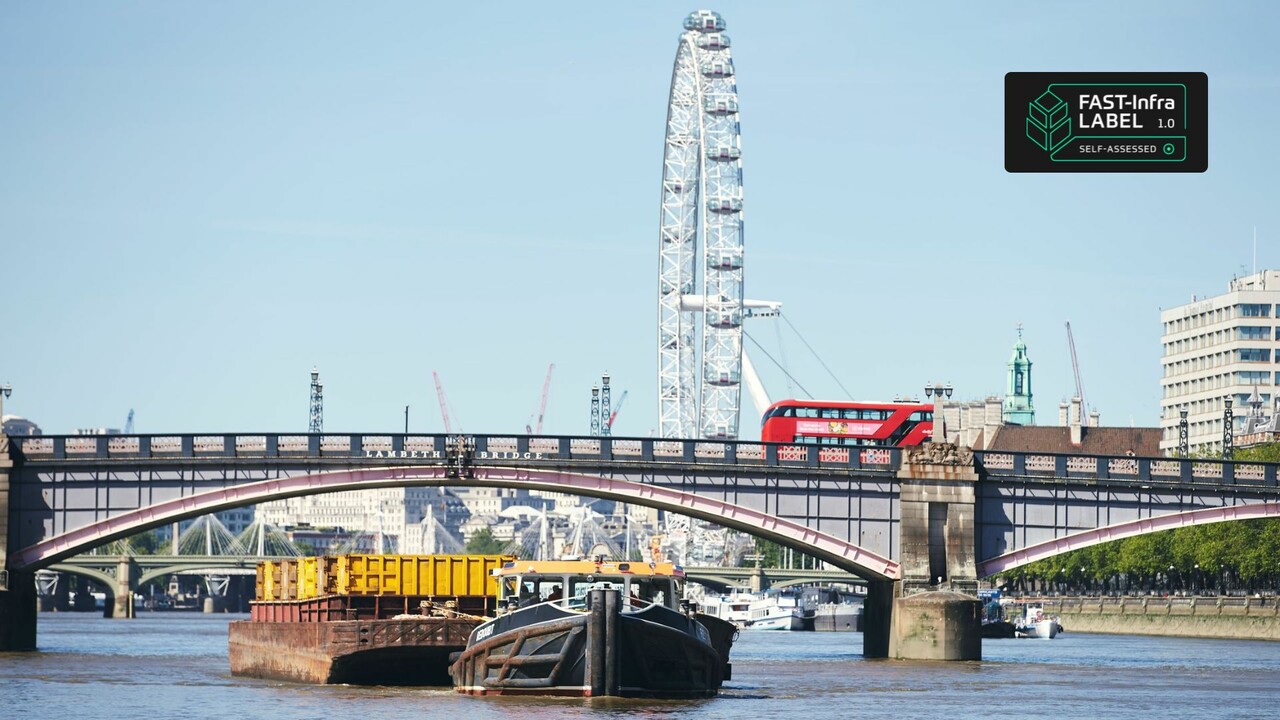
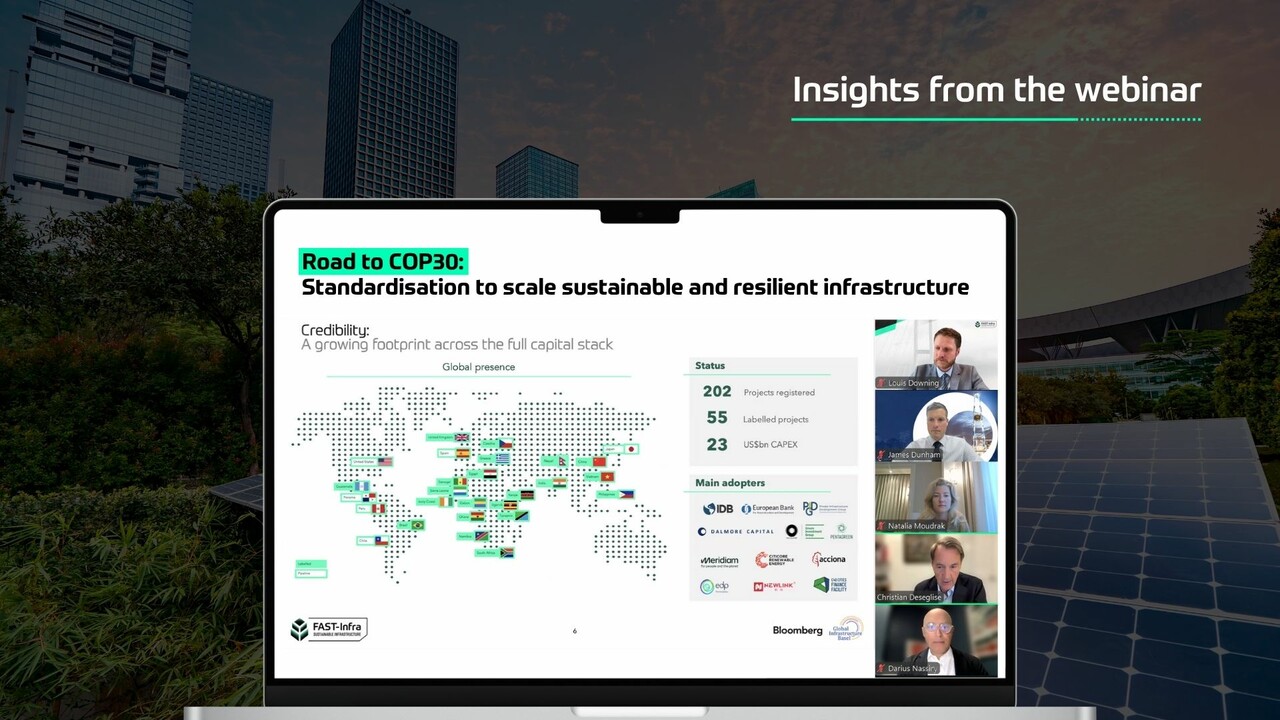


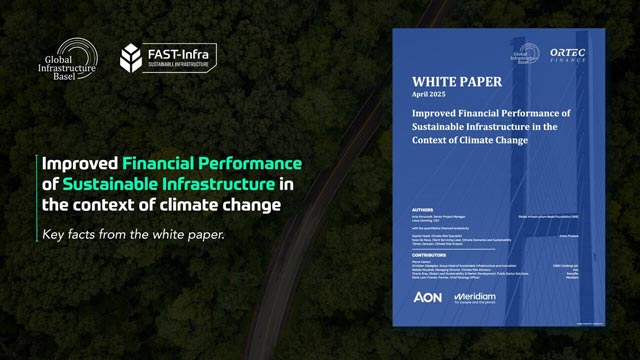


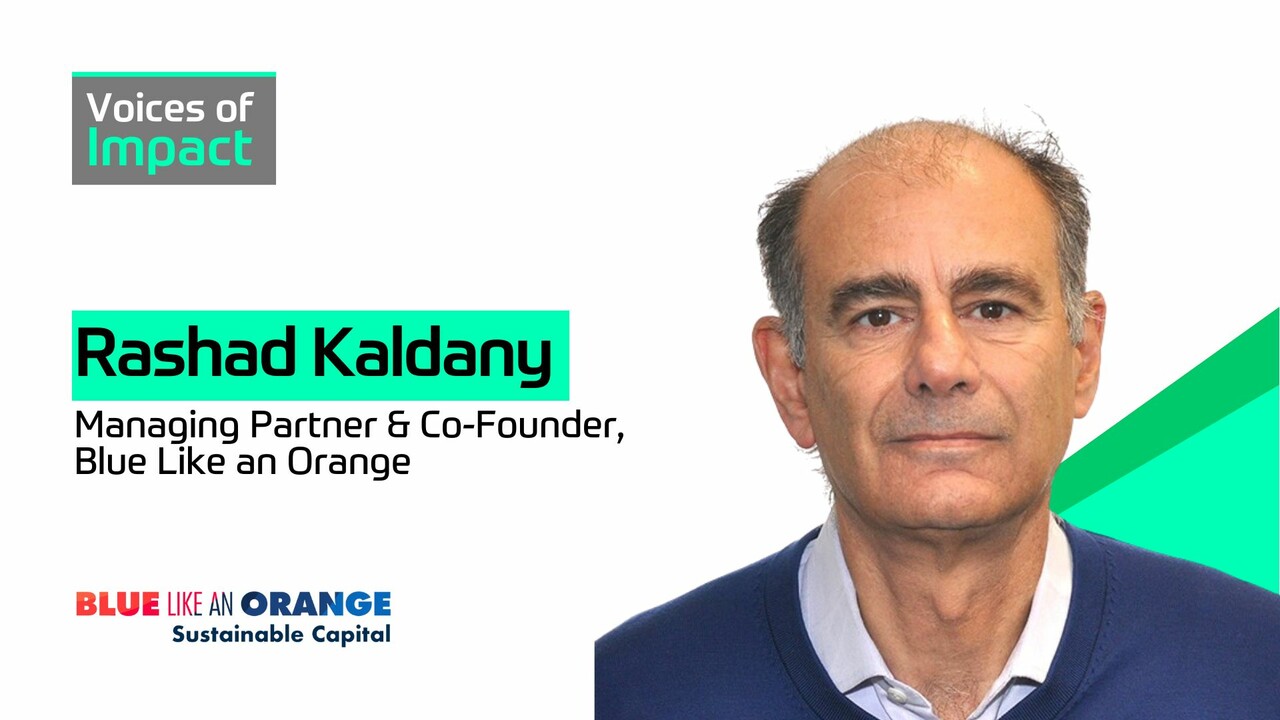
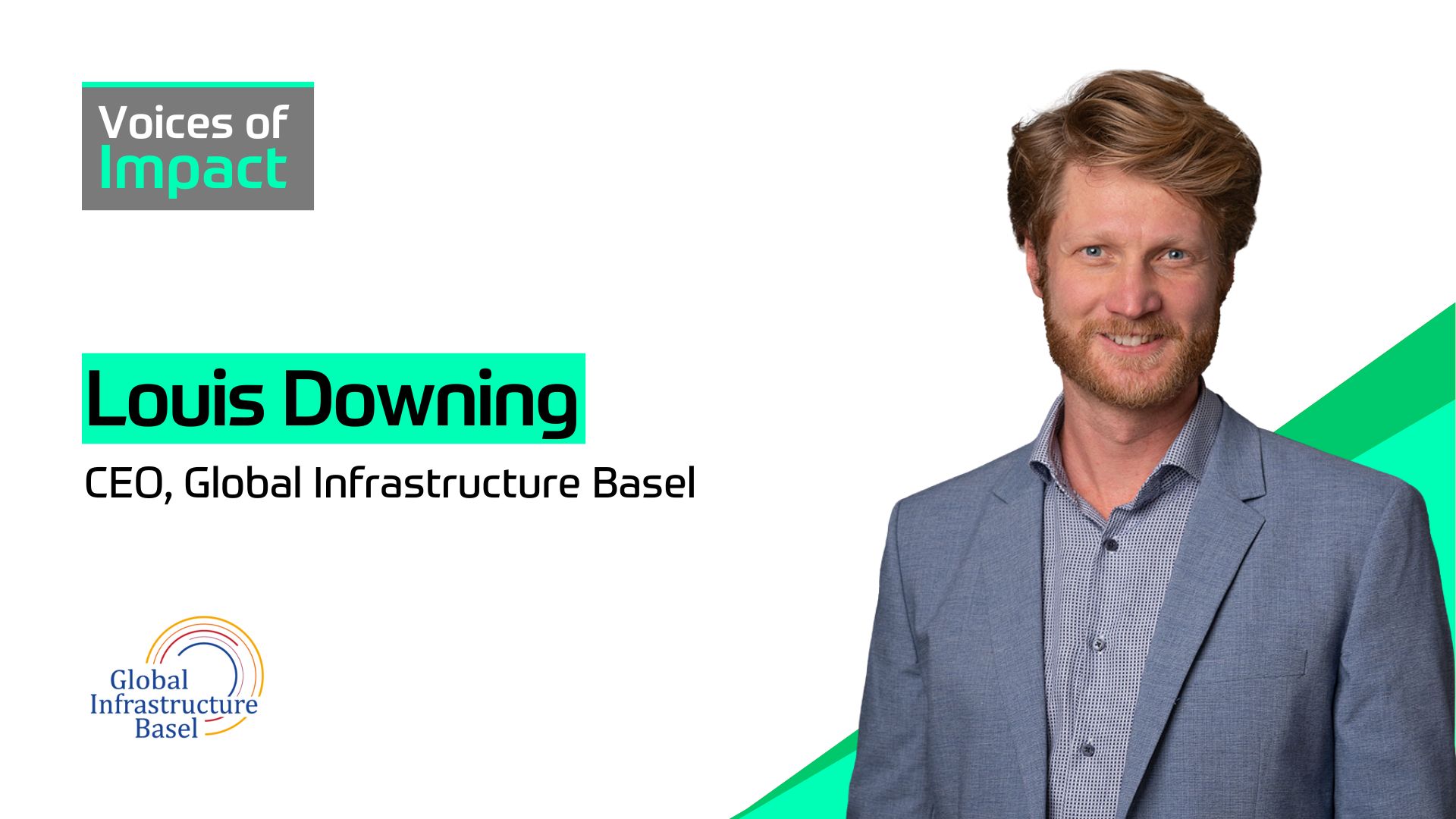
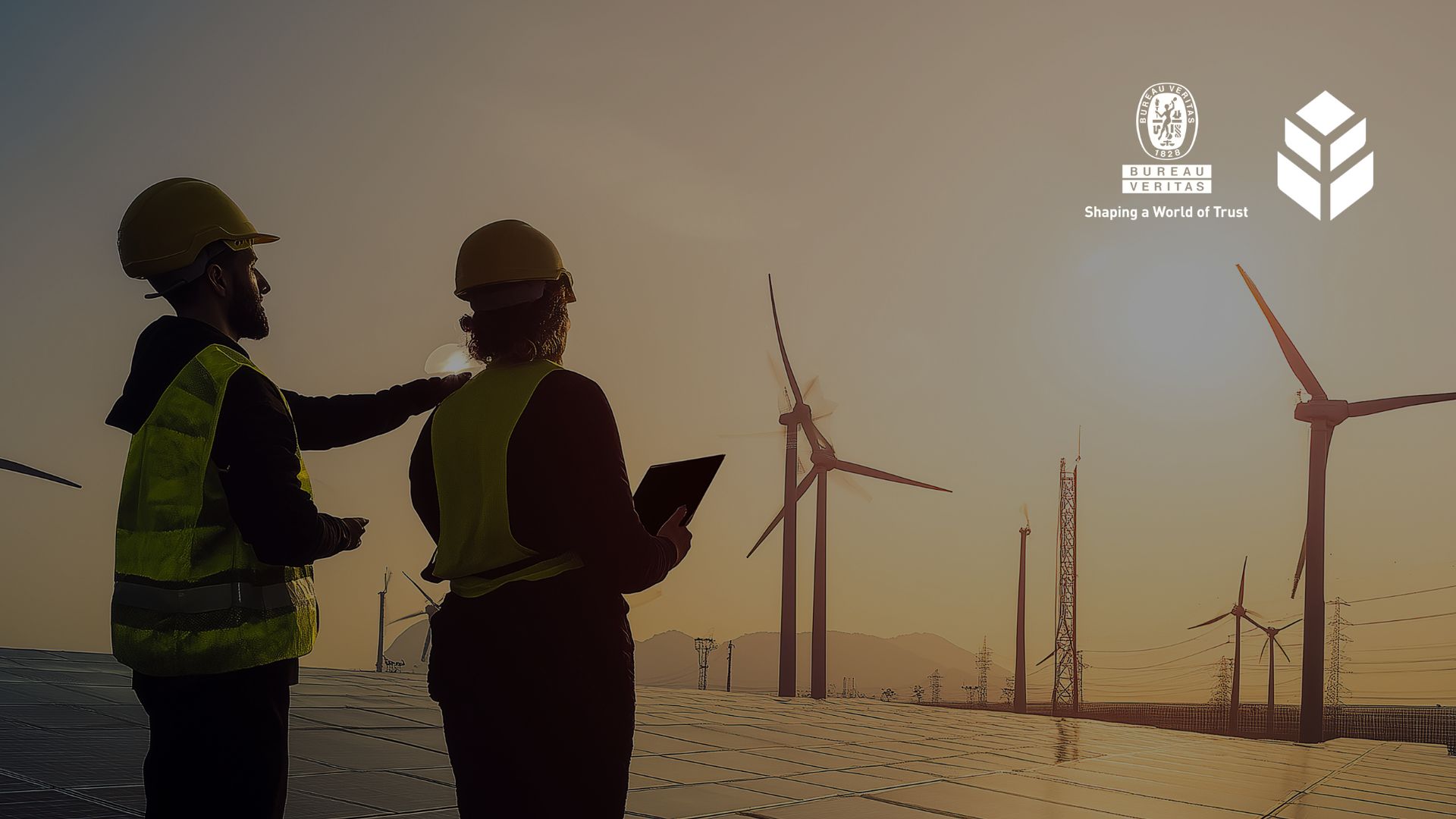
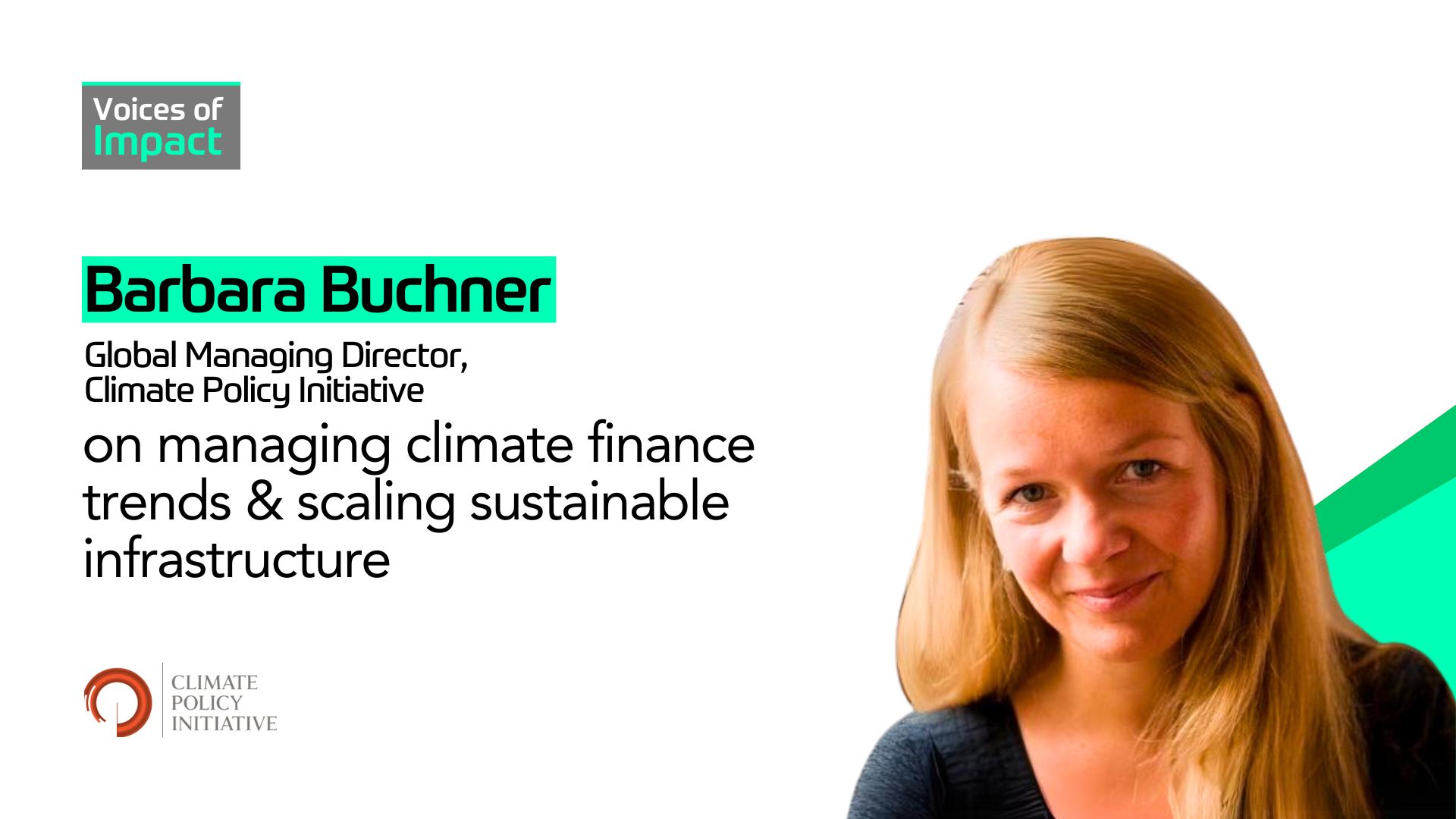
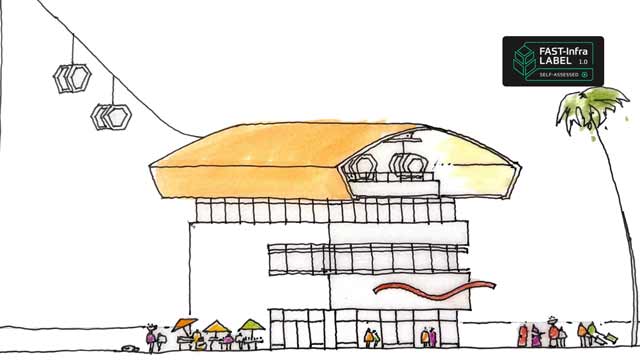





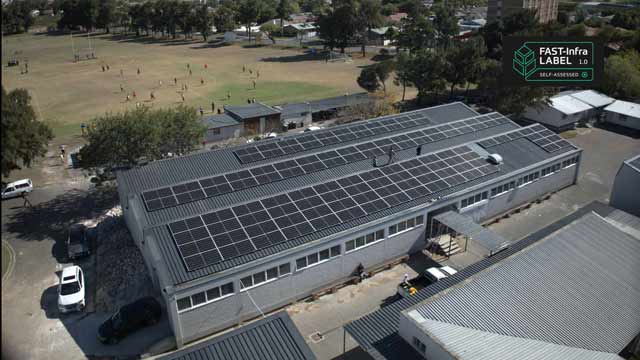

.jpg)


.jpg)


.jpg)
.jpg)
.jpg)
.jpg)
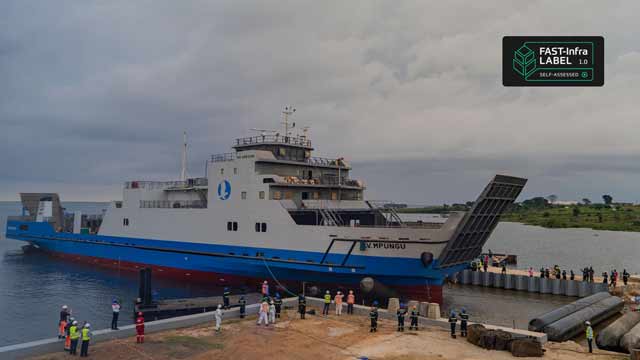
.jpg)




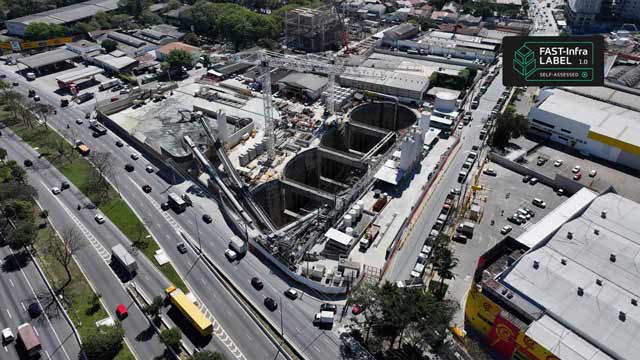




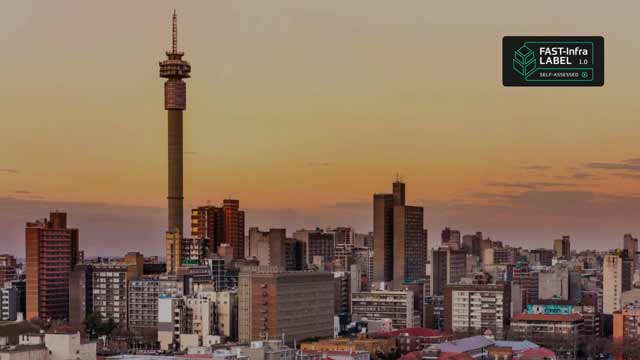








.webp)
.webp)


